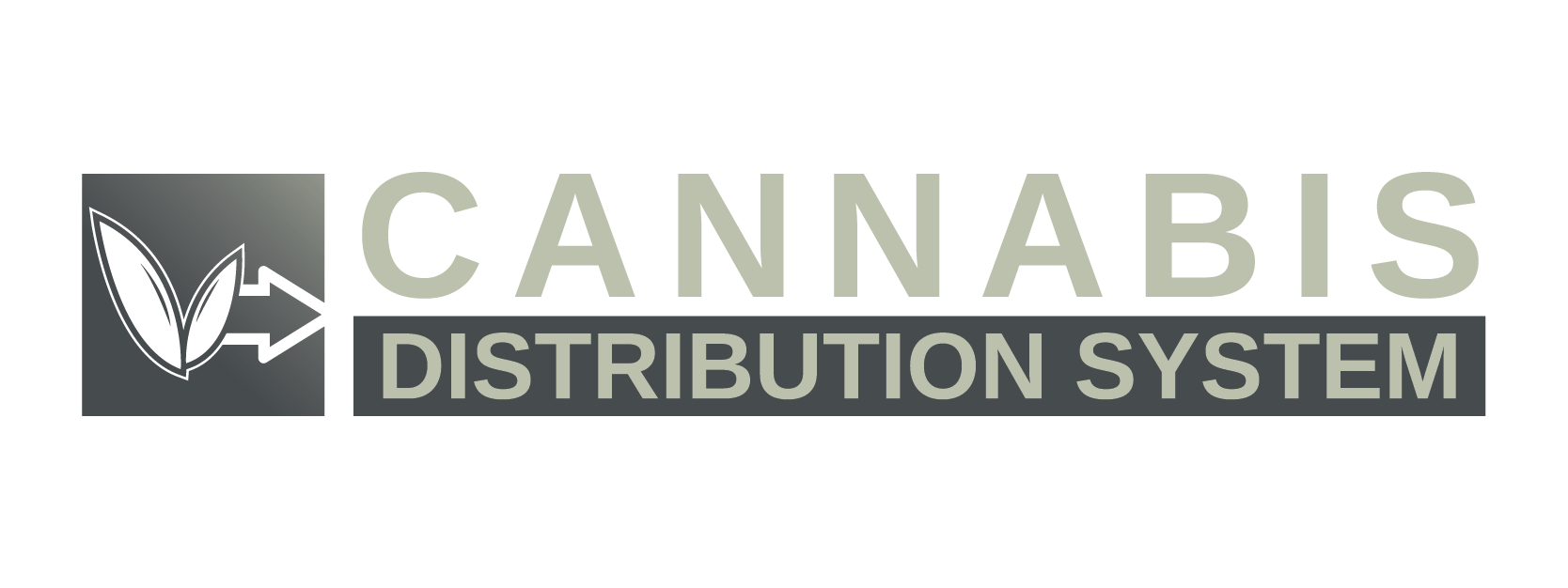Preventing Bottlenecks in the Cannabis Fulfillment Process
As the cannabis industry scales rapidly across both medical and adult-use markets, fulfillment operations face mounting pressure to keep up with demand. From seed to sale, each step in the supply chain must be tightly managed to avoid delays, regulatory missteps, and lost revenue. Bottlenecks in the fulfillment process—whether at the packaging station or during last-mile delivery—can be costly. Fortunately, proactive planning and streamlined systems can help operators maintain smooth, compliant, and efficient fulfillment flows.
Pinpointing Common Bottlenecks
Bottlenecks typically occur when one part of the fulfillment process can’t keep pace with the others. In cannabis, this might mean:
- Delays in inventory receiving due to slow data entry or compliance verification
- Understaffed packaging and labeling stations, which create product backlogs
- Manual compliance documentation, which slows order processing
- Delivery route inefficiencies, causing late arrivals or failed drop-offs
A lack of communication between cultivation, production, and distribution departments can also amplify these issues. When departments operate in silos, problems go undetected until they affect the end customer or violate state tracking mandates.
Streamlining Through Technology
Modern cannabis fulfillment demands digital solutions. Investing in robust cannabis ERP platforms or distribution management systems can centralize operations, automate compliance, and flag issues in real time. These tools often integrate with state tracking systems like METRC or BioTrack, ensuring traceability while reducing the need for manual entry.
Barcode scanning, RFID technology, and QR-coded packaging all contribute to faster product movement and fewer errors. With real-time inventory monitoring, operators can detect low-stock warnings before fulfillment slows down. Meanwhile, delivery management software can optimize routes, assign drivers dynamically, and provide delivery ETA updates to customers—all of which reduce missed or delayed orders.
Building a Cross-Trained and Agile Workforce
People are just as important as technology in cannabis fulfillment. Ensuring that staff are properly trained, cross-functional, and familiar with fulfillment software is key to preventing operational choke points. When team members are limited to one function—say, only labeling or only order picking—flexibility disappears during busy periods.
A rotating staffing model that adapts to demand spikes, such as end-of-week rushes or promotional events, ensures coverage across departments. Weekly or even daily team check-ins can surface emerging workflow issues and give operators time to react before a bottleneck forms.
Leverage Forecasting to Plan Ahead
Cannabis businesses must think beyond day-to-day logistics. Demand planning helps predict volume surges and ensures labor, materials, and space are all ready in advance. This is especially true in regions with tourism-driven spikes or seasonally fluctuating customer bases.
Analyzing historical sales data, product sell-through rates, and SKU performance helps create smarter reorder points and resource allocation strategies. Some advanced fulfillment systems even use AI to flag patterns and recommend staffing or inventory adjustments.
Conclusion
The cannabis fulfillment process is a delicate balance of compliance, speed, and accuracy. Bottlenecks are bound to happen if systems, staff, and workflows aren’t aligned. But with the right mix of automation, data, and team coordination, operators can stay ahead of demand, meet compliance standards, and deliver products without delay. In a market where timing and trust matter, a streamlined fulfillment process isn’t just operationally smart—it’s a competitive edge.

